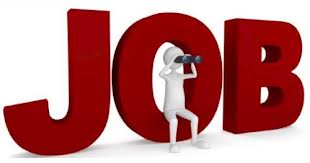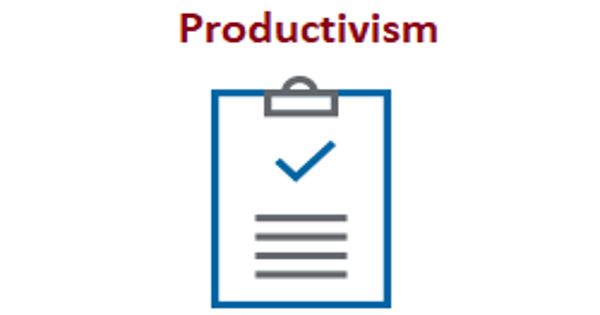Hiring and interviewing
Hiring and interviewing is both art and science. Refusing to improve this vital process will almost always guarantee you will be spending money and time hiring the wrong people. Here are several reasons why traditional techniques are inadequate:
- The majority of applicants exaggerate to get a job
- Most hiring decisions are made by intuition during the first few minutes of the interview
- Two out of three hires prove to be a bad fit within the first year on the job
- Most interviewers are not properly trained nor do they like to interview applicants
- Excellent employees are misplaced and grow frustrated in jobs where they are unable to utilize their strengths
An effective selection and interviewing process follows these five steps:
Step 1 — Prepare.
Prior to the interview make sure you understand the key elements of the job. Develop a simple outline that covers the job duties. Possibly work with the incumbent or people familiar with the various responsibilities to understand what the job is about. Screen the resumes and applications to gain information for the interview. Standardize and prepare the questions you will ask each applicant.
Step 2 — Purpose.
Skilled and talented people have more choices and job opportunities to choose from. The interviewer forms the applicant’s first impression of the company. Not only are you trying to determine the best applicant, but you also have to convince the applicant this is the best place for them to work.
Step 3 — Performance.
Identify the knowledge, attributes, and skills the applicant needs for success. If the job requires special education or licensing, be sure to include it on your list. Identify the top seven attributes or competencies the job requires and structure the interview accordingly. Some of these attributes might include:
- What authority the person has to discipline, hire, and/or fire others and establish performance objectives
- What financial responsibility, authority, and control the person has
- What decision-making authority the person has
- How this person is held accountable for performance objectives for their team, business unit, or organization
- The consequences they are responsible for when mistakes are made
Step 4 — People Skills.
The hardest to determine, as well as the most important part of the process, is identifying the people skills a person bring to the job. Each applicant wears a “mask.” A good interviewing and selecting process discovers who is behind that mask and determines if a match exists between the individual and the job. By understanding the applicant’s personality style, values, and motivations, you are guaranteed to improve your hiring and selecting process.
Obviously many jobs, particularly sales jobs, require a high degree of people contact. By placing someone in this job who dislikes interaction with others would be a mismatch, affecting his or her job performance.
Pre-employment profiles are an important aspect of the hiring process for a growing number of employers. By using behavioral assessments and personality profiles organizations can quickly know how the person will interact with their coworkers, customers, and direct reports. They provide an accurate analysis of an applicant’s behaviors and attitudes, otherwise left to subjective judgment. The D.I.S.C. Assessment and the Personal Interests, Attitudes and Values are popular and useful tools.
Step 5 — Process.
The best interview follows a structured process. This doesn’t mean the entire process is inflexible without spontaneity. What it means is, each applicant is asked the same questions and is scored with a consistent rating process. A structured approach helps avoid bias and gives all applicants a fair chance. The best way to accomplish this is by using behavioral based questions and situational questions.
Behavior Based Questions
Behavioral based questions help to evaluate the applicant’s past behavior, judgment, and initiative. Here are some examples:
- Give me an example when you . . .
- Describe a crisis your organization faced and how you managed it.
- Tell me about the time you reached out for additional responsibility.
- Tell me about the largest project you worked on.
- Tell me about the last time you broke the rules.
Situational Based Questions
Situational based questions evaluate the applicant’s judgment, ability, and knowledge. The interviewer first gives the applicant a hypothetical situation such as:
“You are a manager, and one of your employees has just told you he thinks another worker is stealing merchandise from the store.”
- What should you do?
- What additional information should you obtain?
- How many options do you have?
- Should you call the police?
















